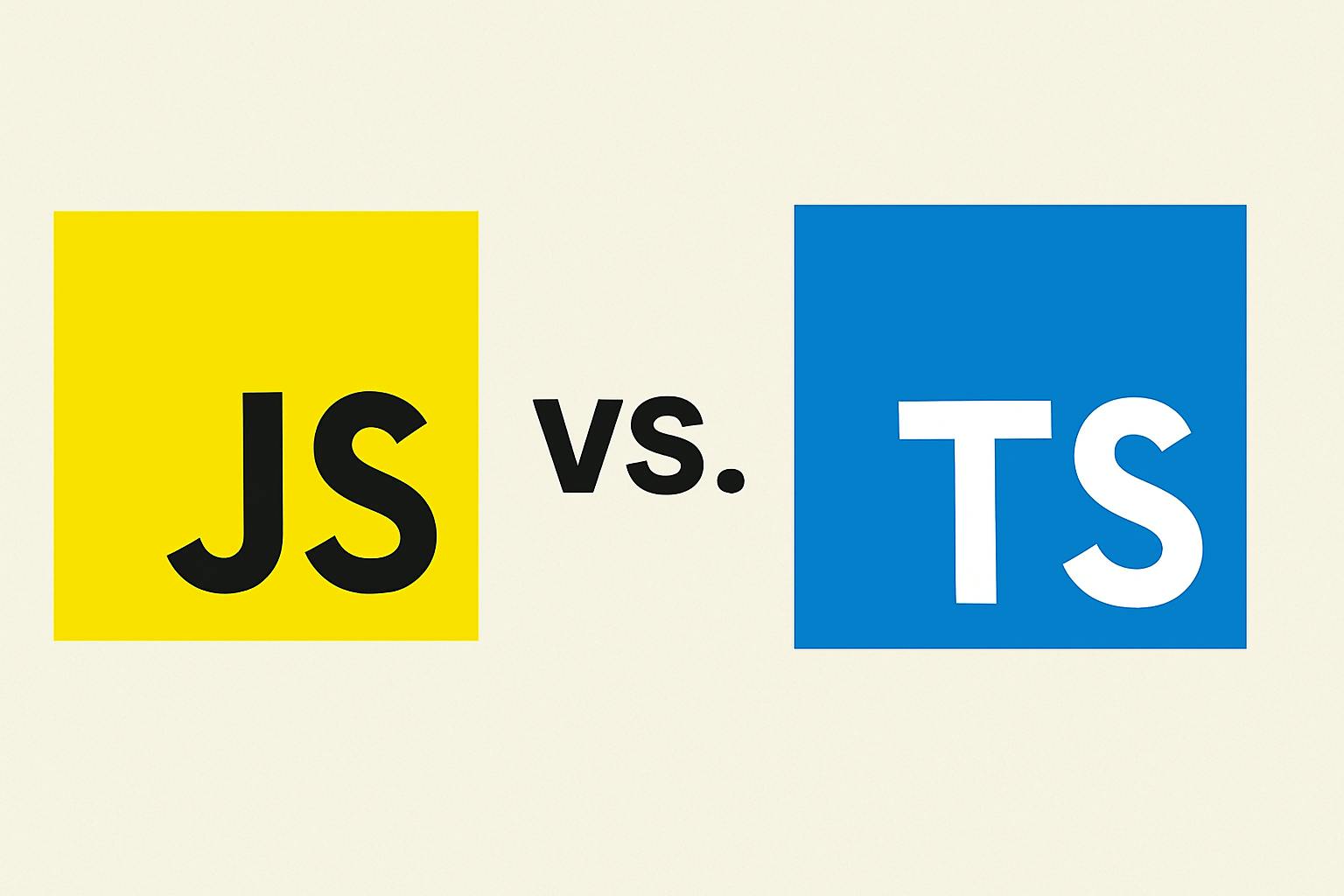
JavaScript vs TypeScript in Next.js
2025-08-26
When you’re building modern web applications with Next.js, one of the first big decisions you’ll face is whether to stick with JavaScript or adopt TypeScript. Both are fully supported by Next.js, but they come with different trade-offs that impact developer productivity, performance, and scalability.
In this post, we’ll break down:
- Why Next.js works great with both JS and TS
- The benefits (and drawbacks) of TypeScript
- How to migrate an existing Next.js project from JavaScript to TypeScript
- Best practices for mixing the two in real-world projects
JavaScript in Next.js
By default, Next.js projects are created with JavaScript. It’s fast to start, requires no build-time type checks, and works well for small-to-medium applications.
Advantages of JavaScript in Next.js:
- Simplicity: No extra config needed — npx create-next-app just works.
- Community: Every package and example you’ll find online is guaranteed to support JS.
- Speed: No type-checking overhead during development.
Limitations:
- Harder to scale when the project grows.
- Bugs from type mismatches often appear at runtime instead of compile-time.
TypeScript in Next.js
TypeScript is a superset of JavaScript that adds static typing. Next.js has first-class TypeScript support, so adding it to your project is seamless.
Advantages of TypeScript in Next.js:
- Catch errors early: Type mismatches are caught during development.
- Better IntelliSense: Editors like VS Code give you autocomplete, refactoring, and inline docs.
- Team collaboration: Type safety makes onboarding and scaling dev teams easier.
Potential drawbacks:
- Learning curve if you’re new to strongly typed languages.
- Extra setup — requires a tsconfig.json and sometimes type definitions (@types/ packages).
- Build times can increase slightly for very large projects.
Migrating from JavaScript to TypeScript in Next.js
If you start with JavaScript and want to migrate later, Next.js makes it painless. First, we’ll want to add TypeScript:
npm install --save-dev typescript @types/react @types/nodeWe will want to rename one file to .ts or .tsx. Next.js will automatically generate a tsconfig.json. Then, you want to gradually convert files over — you don’t need to do it all at once.
Best Practices for TypeScript in Next.js
- Use strict mode in tsconfig.json:
{
"compilerOptions": {
"strict": true
}
}- Define types for API responses in /types or /lib.
- Leverage Next.js type helpers:
import type { NextApiRequest, NextApiResponse } from "next";- Use infer and generics in React components to avoid repetition.
So, JavaScript or TypeScript?
- For rapid prototyping or solo side projects → JavaScript is perfectly fine.
- For production apps or when working with a team → TypeScript pays off by preventing bugs and improving maintainability.
At the end of the day, both languages work seamlessly in Next.js. The real question is: do you want to trade short-term speed for long-term stability?